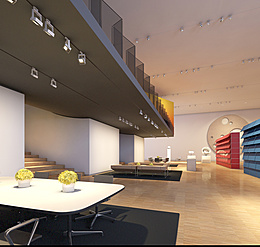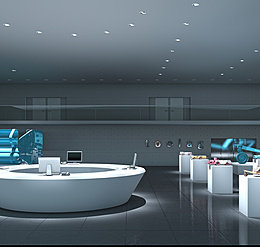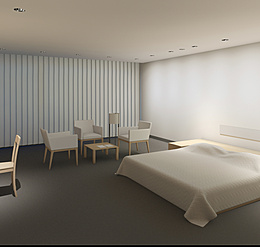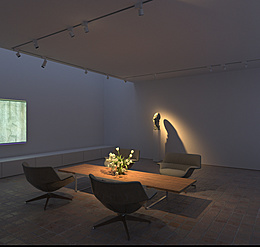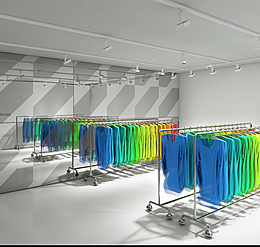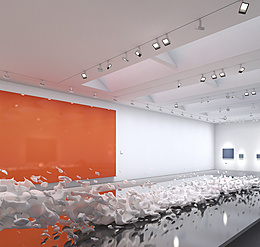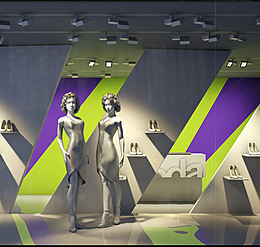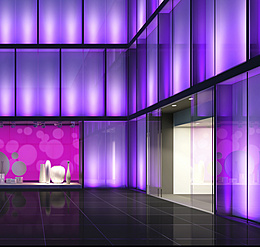
By selecting the ratio of diffuse to directed light, lighting designs can control the degree to which shadows give shape to forms and textures. Diffuse light comes from the daylight of an overcast sky or from a diffusely emitting luminaire. On the other hand, sunlight, spotlights or wallwashers with point light sources produce directed light casting harsh shadows.




